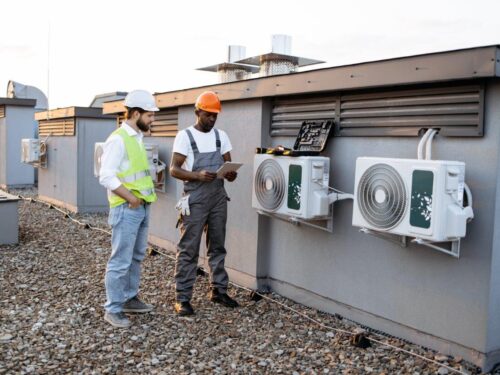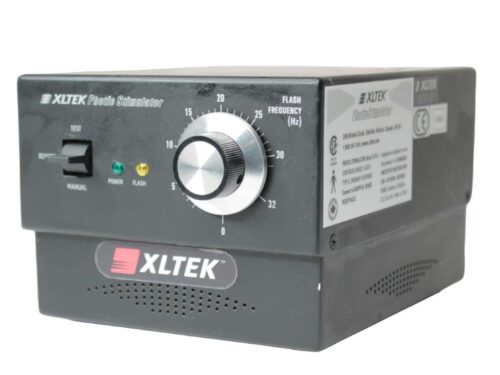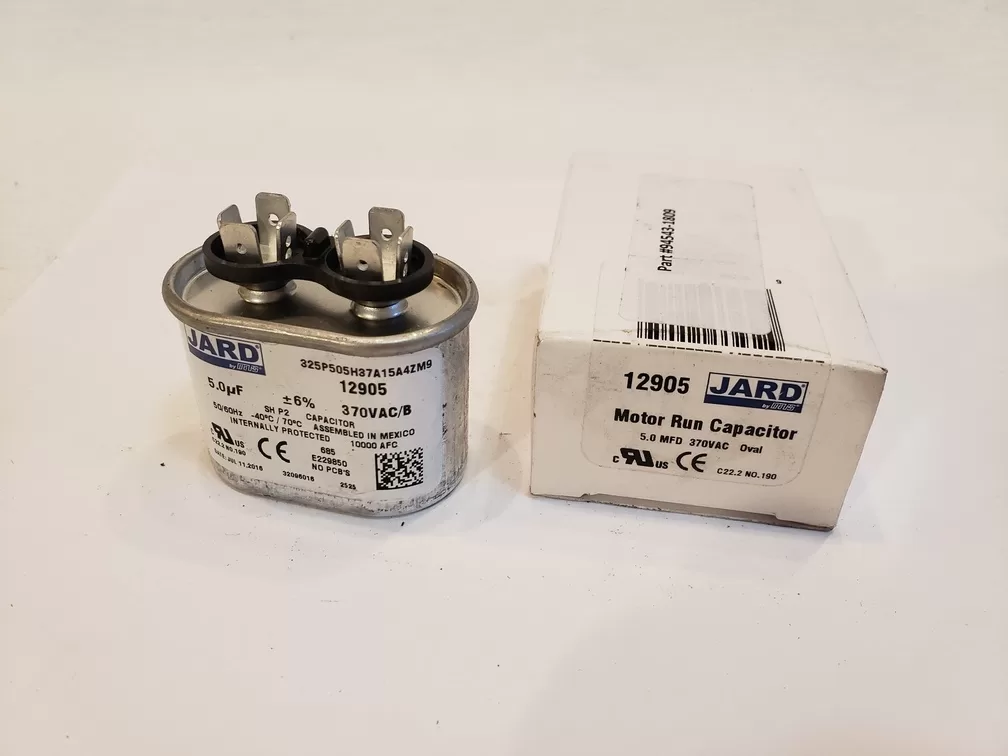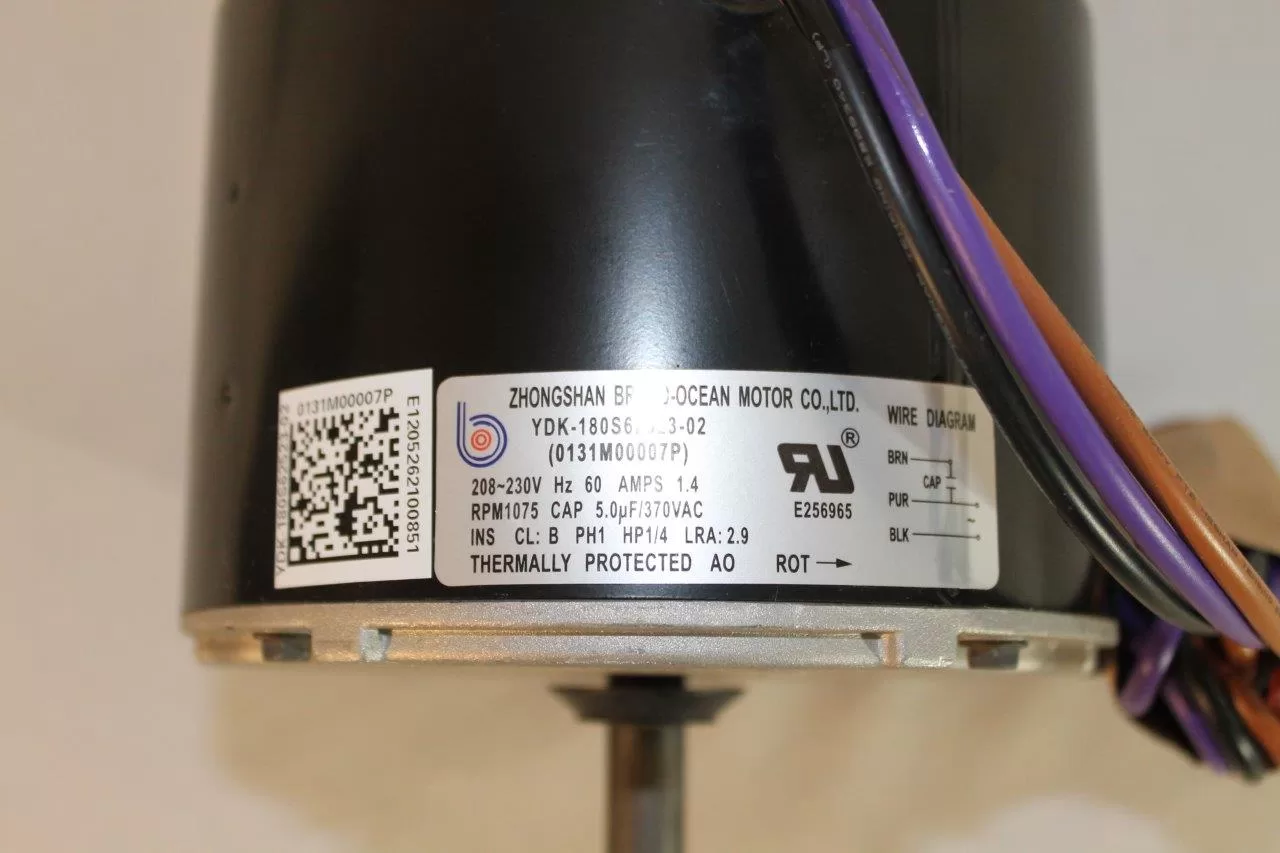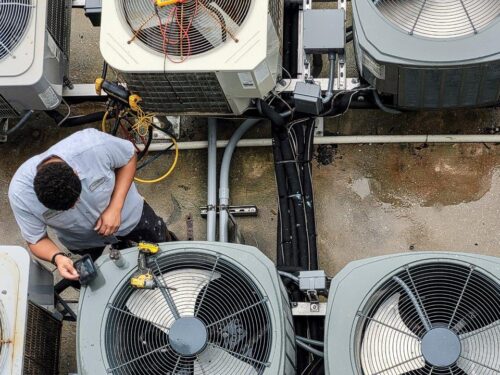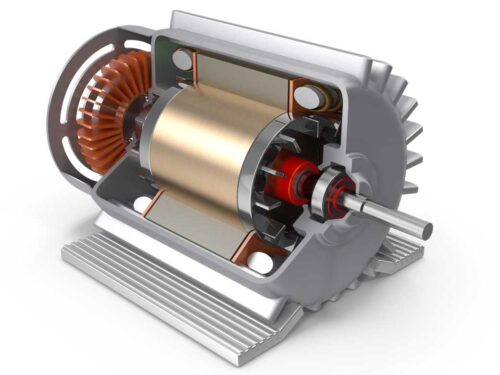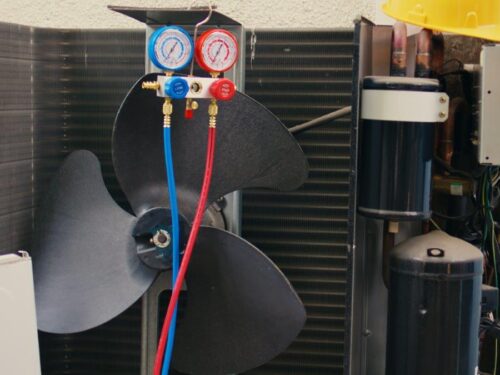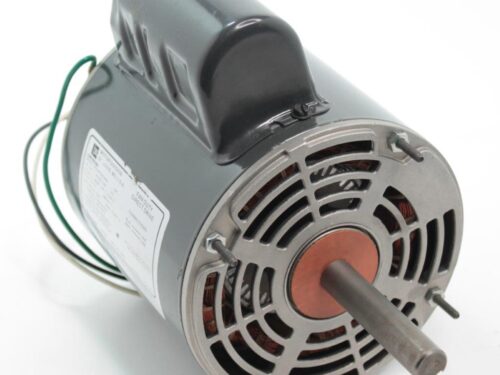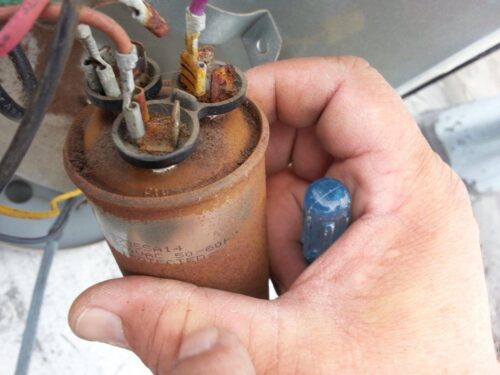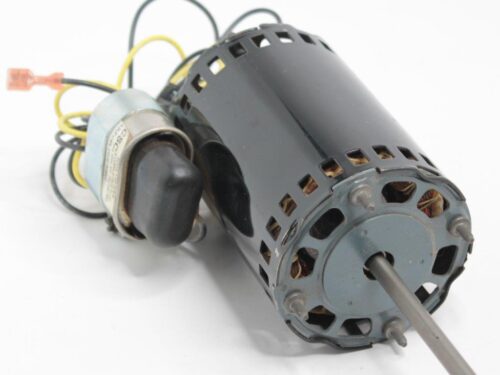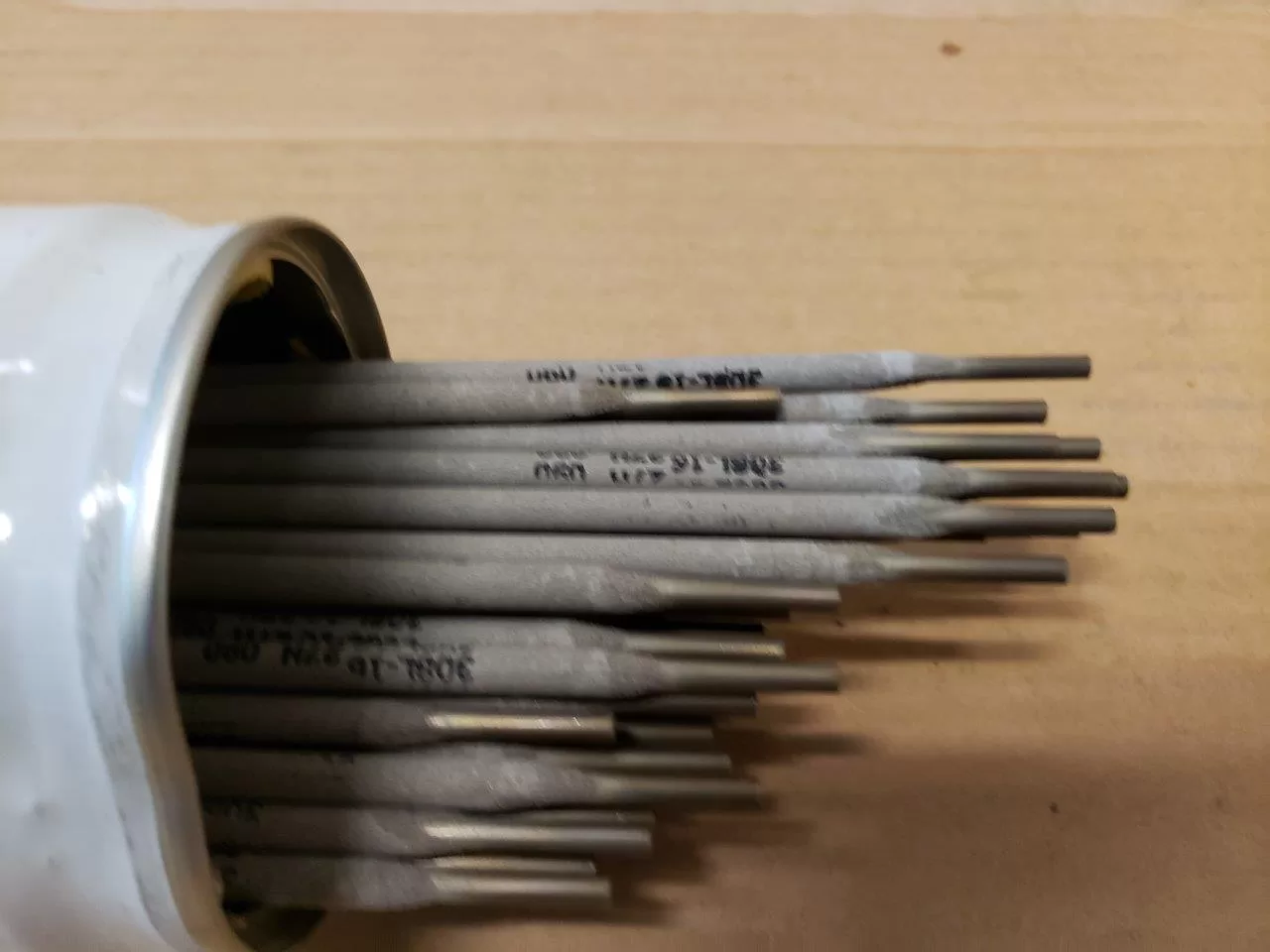
Selecting the right welding rod is crucial for achieving strong and durable welds. Understanding key features and considerations when choosing welding rods is essential for welders to produce high-quality work.
1. Material Compatibility:
- Discuss the importance of matching the welding rod material to the base metal for optimal performance. Different metals require specific types of welding rods for effective bonding.
2. Rod Diameter and Type:
- Explore the significance of rod diameter in relation to welding applications. Detail the various types of welding rods (e.g., electrodes, filler rods) and their suitability for different welding techniques and materials.
3. Flux Coatings and Alloy Composition:
- Explain the role of flux coatings in welding rods and how they impact the welding process. Discuss alloy compositions and their effects on strength, corrosion resistance, and other properties of welds.
4. Electrical Properties:
- Cover electrical characteristics such as current type (AC or DC), amperage range, and polarity, which influence the welding arc’s stability and penetration.
5. Welding Environment and Conditions:
- Highlight the importance of considering environmental factors like humidity, wind, and temperature when choosing welding rods. Certain rods perform better under specific conditions.
6. Application and Welding Technique:
- Emphasize the significance of selecting rods based on the intended application, whether it’s for structural welding, repairs, or artistic welding. Different welding techniques also require specific rod types.
7. Tensile Strength and Certification Standards:
- Discuss industry standards and certifications that indicate a welding rod’s quality and adherence to safety and performance benchmarks.
8. Storage and Handling:
- Touch upon proper storage and handling practices to maintain the integrity of welding rods, preventing moisture absorption or contamination.
9. Cost versus Quality:
- Address the balance between cost and quality, advising on the importance of investing in quality welding rods to ensure strong, reliable welds and prevent future issues.
10. Expert Recommendations and Tips:
- Incorporate insights from experienced welders, detailing their preferences, recommendations, and practical tips for selecting the right welding rods.
In conclusion, welding rod selection is a critical aspect of welding processes, significantly influencing the quality and integrity of welds. By considering material compatibility, rod type, electrical properties, and environmental factors, welders can make informed decisions, ensuring precise, durable, and efficient welds.
